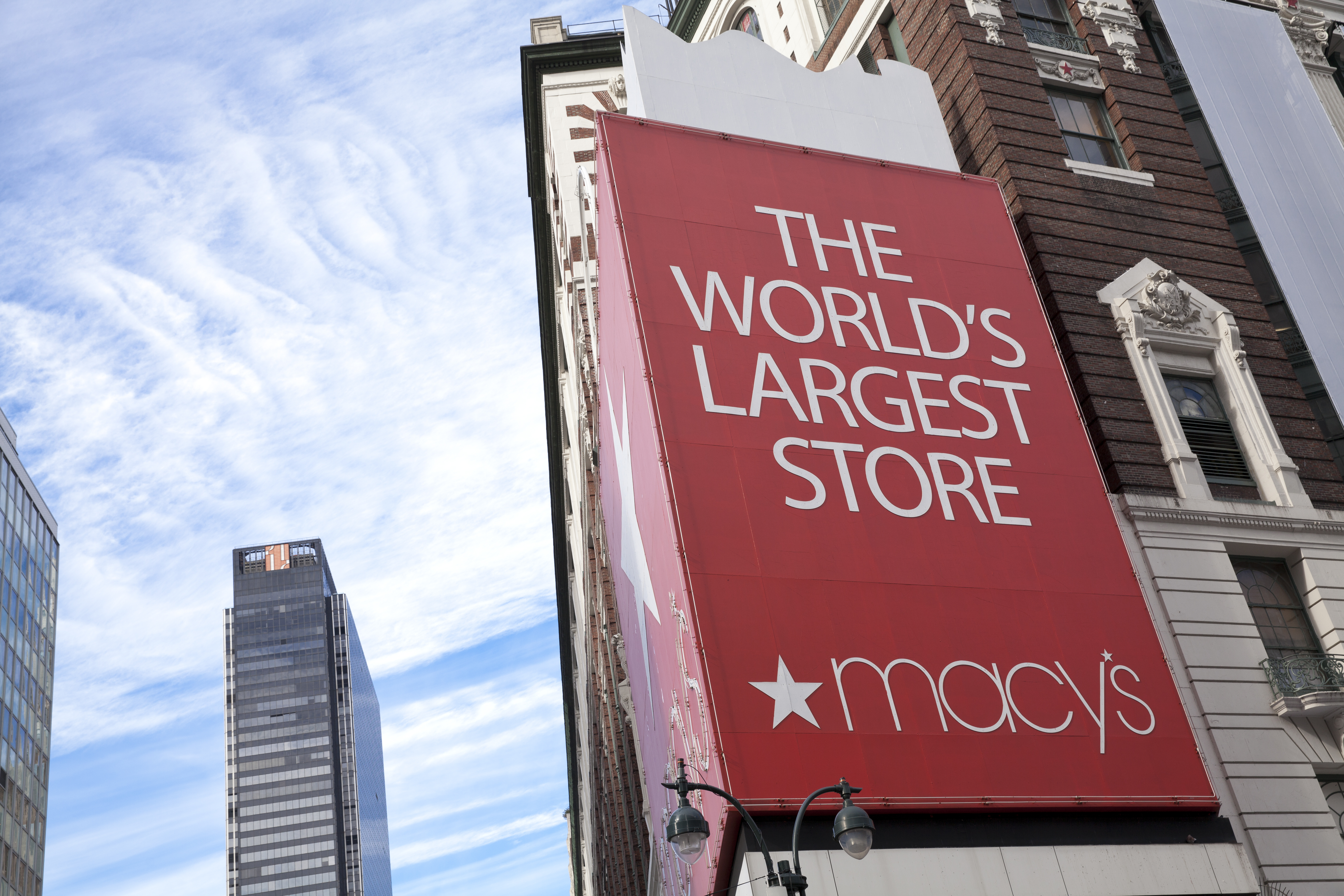What Happened
Showrooming refers to the popular practice of consumers visiting retail stores in order to examine an item before buying it online instead, and it is hurting the bottom line of many brick-and-mortar retailers. Lower prices offered by online sellers is a primary reason for showrooming, and that’s why some big-name retail brands, such as Sears, Kohl’s, and Home Depot, are installing digital shelf displays, which allow for real-time adjustment of product prices, at select stores in order to match the low prices shoppers find online.
What Brands Need To Do
While it may be an effective way for physical stores to compete with online marketplaces such as Amazon, it is in fact a rather pricey solution, as digitizing all price tags in one single store could reportedly cost up to six figures. In order to better combat showrooming, retailers need to think about more ways to incorporate their digital assets into physical stores, like what Rebecca Minkoff did, or figure out ways to convert customers to webrooming, which entails product research online before in-store purchase.
Source: Bloomberg Business



